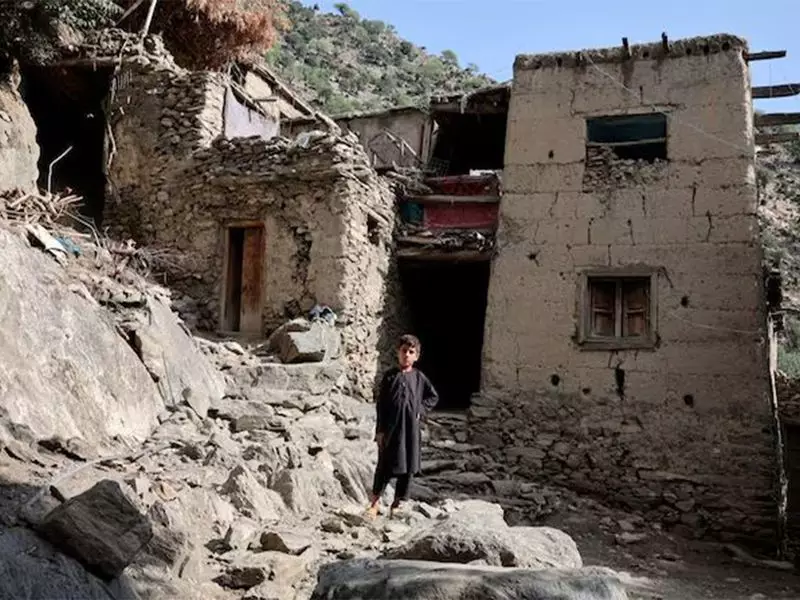
A moderate earthquake measuring 4.3 on the Richter scale struck Afghanistan on Tuesday, sending tremors through the geologically active Hindu Kush region. The seismic event occurred at precisely 09:53:28 Indian Standard Time (IST), according to seismic monitoring agencies.
The earthquake's epicenter was located at a depth of 107 kilometers beneath the Earth's surface, positioned at latitude 36.49 and longitude 70.92. This significant depth likely contributed to the widespread nature of the tremors while potentially reducing surface-level impact.
Region Prone to Seismic Activity
The Hindu Kush mountain range, where the earthquake originated, forms part of the highly active Alpine-Himalayan seismic belt. This region frequently experiences earthquakes due to the ongoing collision of the Indian and Eurasian tectonic plates, making seismic events a relatively common occurrence in this part of Central Asia.
Current Impact Assessment
Initial reports indicate this was a moderate seismic event typical for the region. The depth of the earthquake, situated over 100 kilometers below the surface, often results in tremors being felt across broader areas while potentially minimizing structural damage near the epicenter.
Earthquakes of this magnitude serve as important reminders of the dynamic geological processes constantly shaping our planet. Seismologists continue to monitor the region for any potential aftershocks or changes in seismic activity patterns.





